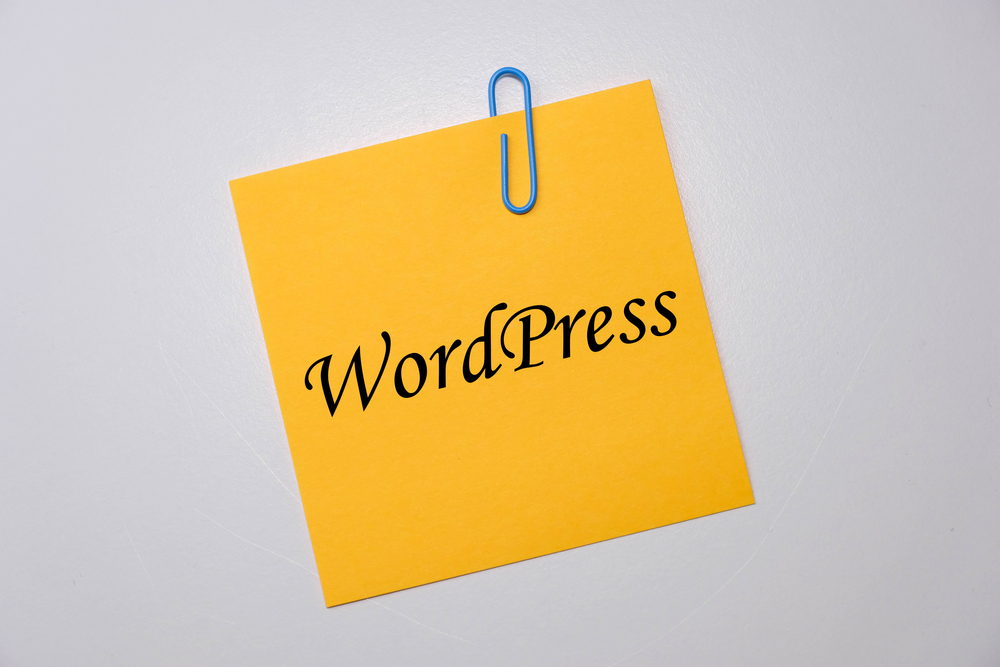
Mastering WordPress: Customization & Maintenance Tips for Effortless Website Perfection

WordPress has long been hailed as one of the most versatile and user-friendly content management systems (CMS) available today. With its extensive array of themes and plugins, it allows users to create stunning websites without any coding knowledge. However, to truly harness the power of WordPress, customization and maintenance play crucial roles. In this article, we will explore a variety of tips and tricks to help you master WordPress (the platform for bloggers) customization and ensure effortless website perfection.
1. Choose the Right ThemeSelecting the right theme is the first step towards creating a visually appealing website. When choosing a theme, consider factors such as responsiveness, ease of customization, and compatibility with plugins. Take advantage of the vast library of free and premium themes available in the WordPress (the blogging platform) repository to find the perfect fit for your website.
2. Customize the Appearance with Page Builders
WordPress offers several powerful page builders that enable you to customize your website's appearance without touching a single line of code. Page builders like Elementor, Divi, and Beaver Builder provide intuitive drag-and-drop interfaces, allowing you to create stunning layouts and design elements effortlessly. With these tools, you have complete control over the look and feel of your website.
3. Leverage Plugins for Enhanced Functionality
WordPress (or WP) plugins are small software additions that extend the functionality and features of your website. Whether you want to add a contact form, optimize SEO, or enhance security, there is a plugin for almost everything. However, be mindful of installing too many plugins, as they can slow down your website. Regularly review and remove any unnecessary or outdated plugins to maintain optimal website performance.
4. Optimize for Speed and Performance
Website speed has a significant impact on user experience, search engine rankings, and conversions. To optimize your WordPress website, consider implementing the following techniques:- Use a caching plugin to create static versions of your pages, reducing server response time.
- Optimize images by compressing them without compromising quality.
- Enable lazy loading, which loads images only when they are visible on the screen.
- Minify CSS and JavaScript files to decrease file sizes and improve loading speed.
- Regularly update WordPress (WP) , themes, and plugins to take advantage of performance improvements.
5. Ensure Security and Regular Backups
Keeping your WordPress website secure is essential to protect against potential threats and data loss. Follow these security best practices:- Regularly update WordPress, themes, and plugins to patch vulnerabilities.
- Choose strong and unique passwords for your WordPress admin and FTP accounts.
- Install a security plugin to monitor and protect your website.
- Perform regular backups to store copies of your website and its contents in case of emergencies.
Frequently Asked Questions
Q1: How do I install a new theme on WordPress?A1: To install a new theme on WordPress, go to Appearance > Themes > Add New. From here, you can browse the WordPress Theme Directory or upload a theme in .zip format. Once uploaded, click on the "Activate" button to activate the theme on your website.
Q2: Can I customize my WordPress website's colors and fonts?
A2: Absolutely! Most WordPress themes include customization options for colors and fonts. Navigate to Appearance > Customize and explore the available customization settings. If your theme does not provide sufficient customization options, consider using a page builder plugin to achieve the desired look.
Q3: How often should I update WordPress, themes, and plugins?
A3: Regular updates are crucial for security and performance reasons. Aim to update WordPress, themes, and plugins as soon as new versions become available. Before updating, make sure to backup your website to avoid potential compatibility issues or data loss.
Q4: Are there any SEO plugins that can help improve my website's visibility?
A4: Yes, WordPress offers several popular SEO plugins, such as Yoast SEO and All in One SEO Pack. These plugins provide tools and features to optimize your website for search engines, including keyword analysis, XML sitemap generation, and meta tag editing.
Q5: How can I improve my WordPress website's loading speed?
A5: There are several strategies to enhance your website's loading speed, including caching, image optimization, and minimizing files. Use a caching plugin like W3 Total Cache or WP Super Cache to create static versions of your web pages. Compress and optimize images using plugins like Smush or ShortPixel. Finally, ensure that your CSS and JavaScript files are minified to reduce their size and improve loading speed.
Conclusion
Mastering WordPress customization and maintenance doesn't have to be a daunting task. By carefully choosing themes, leveraging page builders, utilizing plugins, optimizing speed and performance, and prioritizing security, you can effortlessly create and maintain a professional and visually stunning website. Embrace the power of WordPress and unlock the potential to achieve website perfection.
Other useful resources
- https://www.wordpress24plus.com/wordpress-tools-directory/wordpress-plugins/
- https://www.wordpress24plus.com/wordpress-tools-directory/wordpress-themes/